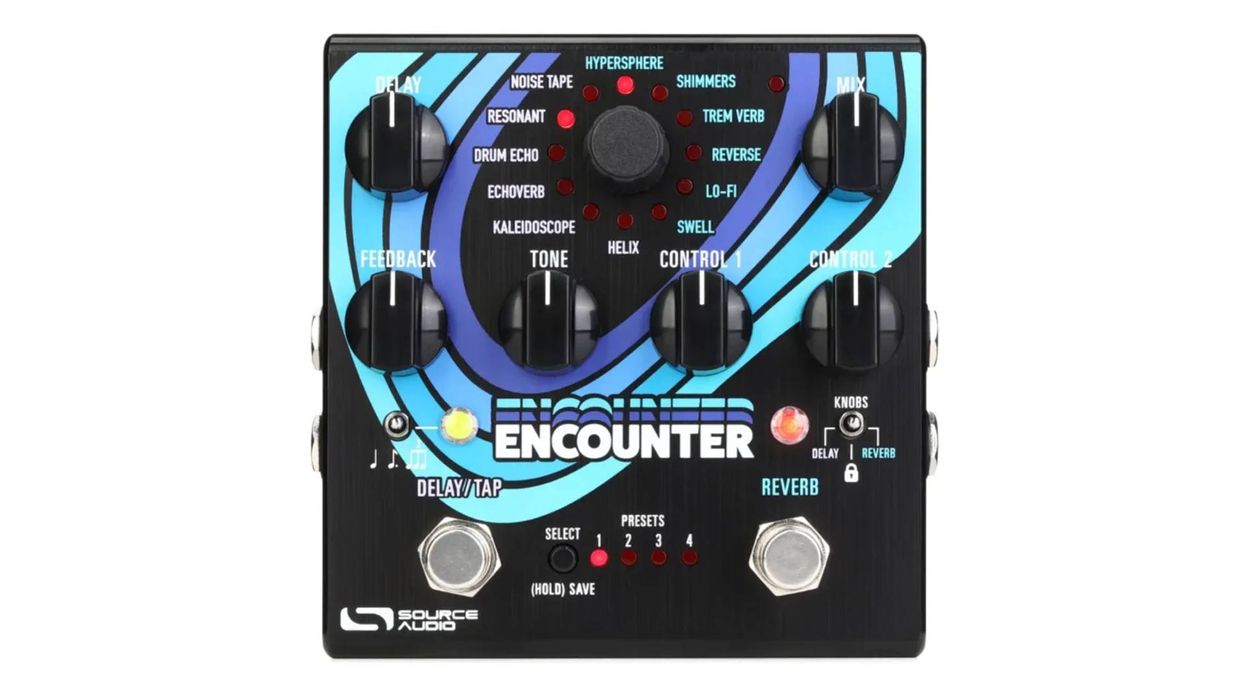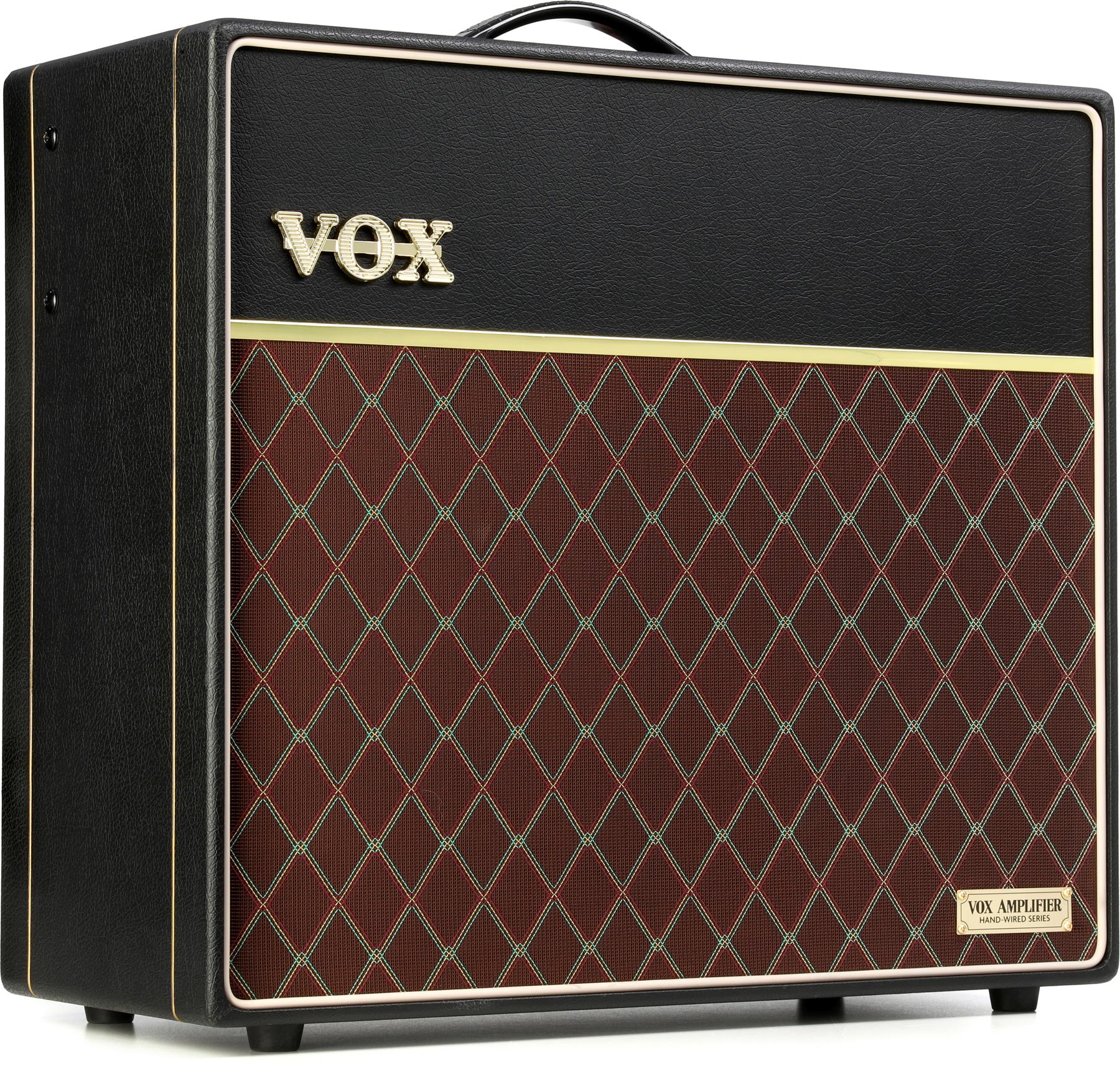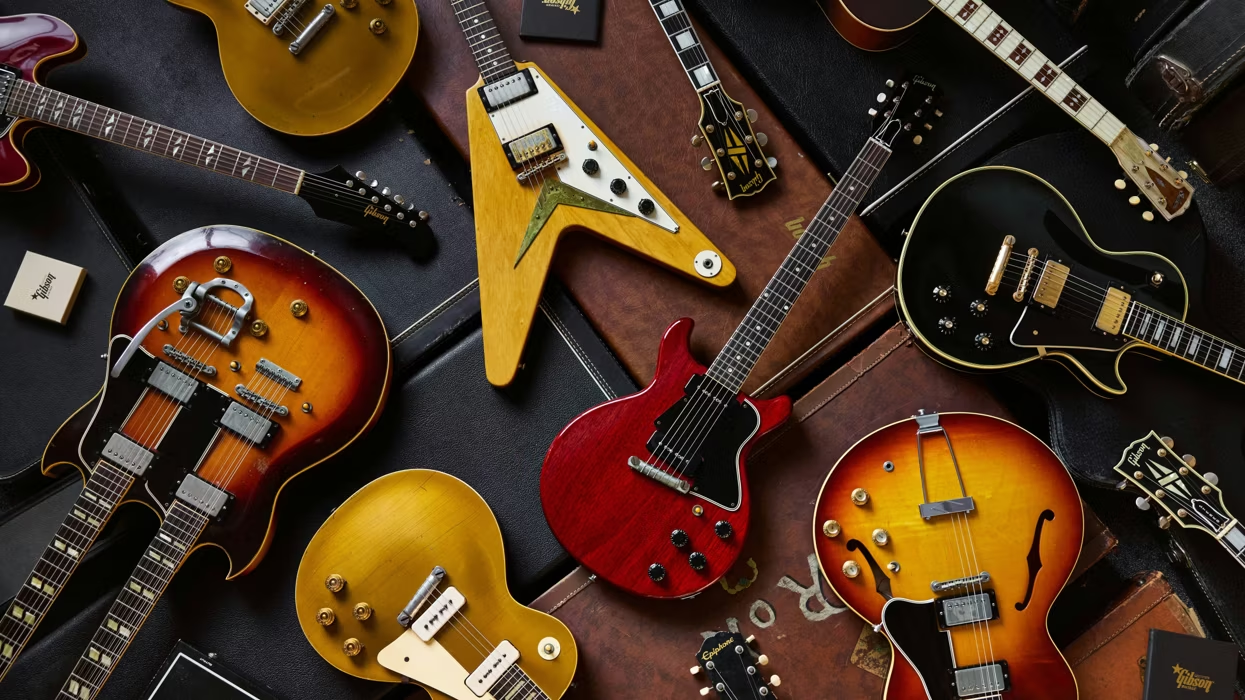There are a few ways to think about powerful multi-modelers like the Fender Tone Master Pro. On one hand, they address 21st-century music industry realities—namely that everyone from wedding bands to high-profile touring acts can scarcely afford the techs and transport required to maintain and move heaps of gear. They are a natural fit for home recording, enabling a lot of players to make huge sounds in small spaces. Philosophically speaking, they also reflect the state—and possibilities—of a super-postmodern art moment, where every sound can be accessed, ingested, inhaled, scrambled, and reassembled in any way a musician’s whims and processing power may take them.
On the other hand, some find the notion of, say, playing, a virtual Marshall Super Lead without a 4x12 pushing air disorienting—the musical equivalent of walking the uncanny valley. Others find modelers less conducive to chance discoveries. On this latter count, though, Fender’s Tone Master Pro is a measurable step in the right direction. From the time you power up the unit and start tinkering with its engaging, intuitive touch screen, the Tone Master Pro reveals a knack for illuminating both well-trodden musical paths and unexpected detours with fluid facility. It’s satisfying to use in ways that could tempt even the most resolute analog devotee.
Applause for the Interface
The TMP’s touch screen user interface (and the way it dovetails with hardware elements like the rotary footswitches) is a huge part of its appeal. Lest you dismiss the well-executed representations of analog gear as merely “cute,” bear in mind that legions of modern engineers consider such skeuomorphic depictions of recording gear faster and easier to use in studio environments. That’s certainly the case here. The Pro’s interface facilitates casual experimentation and complex routing alike. It looks sharp. It’s also functional and flat-out fun—no small factor when courting reluctant and first-time modeler adopters. In theory, though, experienced users should find a lot to like in this thoughtfully executed touch screen.
The I/O array is practical and comparable to most competing modelers. There’s an option for two stereo effects loops or four mono effects loops, which opens up more possibilities via integration of your own favorite effects. As you’d expect, there are two stereo outs (one is fitted with XLR and ¼" jacks,) MIDI I/O, USB (for firmware updates), and more.
“The interface is functional and flat-out fun—no small factor when courting reluctant and first-time modeler adopters.”
The TMP does have some shortcomings compared to the competition. Most notably, you cannot capture amp sounds as you can with some other modelers in the TMP’s class. That also limits the breadth of sounds an extended user community can create and share.
Sounds Sourced from a Deep Well
I usually hear modelers as toppy and sometimes a bit woofy compared to real amp equivalents. (I’m also generally shocked by how many players claim modelers sound exactly the same as comparable amp rigs, but vive la differénce!) Most users find EQ fixes for these issues, and some of those solutions—high-end attenuation, primarily—were effective here. Still, I think it’s helpful to consider modeler sounds in context of the recorded environment. Check out the audio clip from the online version of this review. It contrasts a rhythm-and-lead loop played via a Tone Master Pro’s ’65 Deluxe Reverb model—miked with a virtual Shure SM57, on axis, at the speaker cap’s edge and sent straight into a UA Apollo Twin—with a real tube-driven ’65 Deluxe Reverb reissue miked with a real SM57 in precisely the same manner. Can you pick which is which? This is far from an airtight experiment. Heck, two real Deluxe Reverbs can sound pretty different. I hear minor differences in the two clips and, in isolation, prefer the airier, less-compressed sound of the real deal. But could I tell the difference in a mix with bass, drums, guitar, and organ? I’m not so sure. I also doubt I would scrap an inspired take from the Tone Master Pro in favor of a crappier one from an all-analog rig. These are real questions I might ask in a fast-moving recording session. Typically, the answer is “pick the take that suits the song, mood, and arrangement,” rather than “let’s use the less inspired take that, arguably, sounds 6 percent more like a vintage Deluxe.” Your opinions and process may differ.
High-gain sounds, too, are represented in plentitude. Predictably, perhaps, the top-end spikiness I heard in clean tones was more pronounced in these settings. The TMP’s EQ tools, including virtual mic placement, can make a pronounced difference in lending gentler contours to these frequencies. And again, in the context of a recorded mix, these sounds are likely to pass more than a few blindfold tests.
The Verdict
Big-ticket modelers tend to incite more tribalism and snobbery than almost any other guitar equipment—which is saying a lot. But while one could make valid gripes about any of these platforms, a certain truth that holds for any piece of musical gear applies here: No two players, nor their music predilections, needs, creative urges, or life realities, are alike. The Tone Master Pro’s approachability and thoughtful interface design make it well-suited to players that will benefit from quick integration, fast workflow, and a graphic interface that employs lucid representations of familiar analog equipment.
The Tone Master Pro often sounds authentic and inspiring, as do many of its competitors. Are any of them light years beyond each other in fidelity, or bound to spoil an otherwise stirring mix, song, or performance? That depends on the music you make, and the emphasis you place on tone purity. At the time of this writing, The Tone Master Pro costs the same $1,699 that you will spend for a Neural Quad Cortex or Line 6 Helix, and 100 bucks more than a Kemper Profiler. If you find the sound from a certain modeler appreciably superior and indispensable, find significant value in a more mature user community that has already generated oodles of tradable presets, or find the lack of an amp capture function a deal-breaker, you might ask how much time you’ll save using Fender’s exceptional workflow and interface—and how much real creativity that might spark. For many players for whom fluid creation is as important as tone nuance, or for whom modeling is a new experience, the Tone Master Pro’s intuitive operation could tip the scales in Fender’s favor.




















